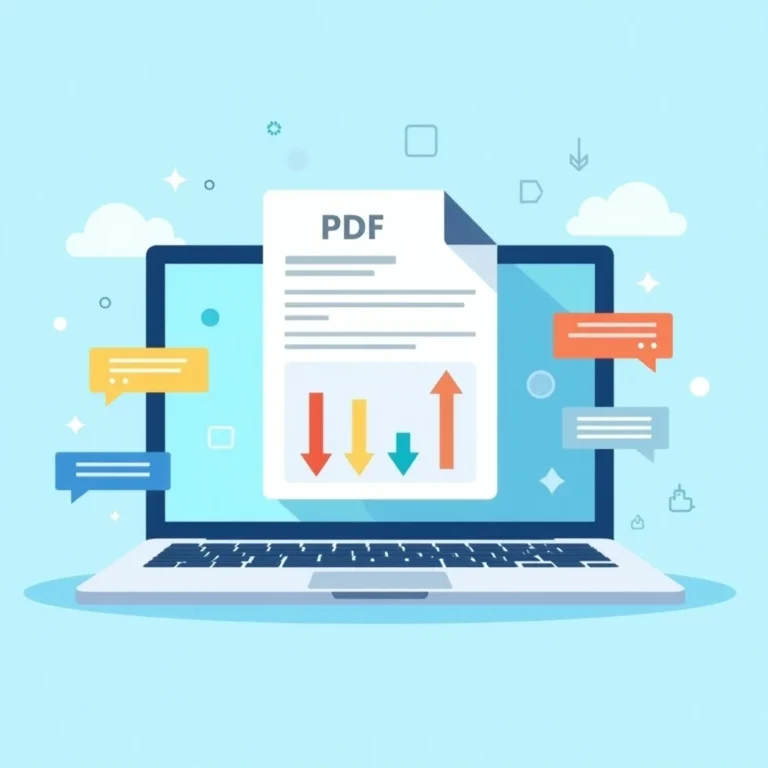In today’s fast-paced creative world, feedback is the fuel that drives better design. Yet, for most teams, feedback is messy—spread across emails, chat threads, random screenshots, and endless meetings. That’s why design feedback tools exist: they streamline communication, reduce confusion, and help projects move faster. Among the many options available, BugSmash stands out as one of the best design feedback tools for product, design, marketing, and development teams.
This blog explores why BugSmash has become the go-to platform for teams looking to simplify reviews, improve collaboration, and speed up approvals.
The Challenge With Traditional Feedback Workflows
Before diving into BugSmash, it’s worth asking: why do teams struggle with feedback in the first place?
- Scattered communication: Comments are buried across Slack, email, and shared docs.
- Vague inputs: “This doesn’t look right” doesn’t tell a designer what to fix.
- Lost versions: Teams often juggle multiple file versions with no clear history.
- Slow approvals: Chasing clients or stakeholders for sign-off delays timelines.
These issues don’t just waste time—they cost money. Missed details lead to rework, and rework kills productivity. That’s why having the right design feedback tool isn’t optional—it’s essential.
Why BugSmash Rises Above Other Design Feedback Tools
BugSmash isn’t just another annotation app. It’s a complete feedback management platform built to eliminate the friction in creative collaboration. Here’s what makes it different:
🎨 For Product & Design Teams
- Seamless visual feedback: Pinpoint exactly what needs fixing with on-screen annotations.
- Faster iterations: Designers get clear, actionable input without back-and-forth confusion.
- Version control: Compare changes, track updates, and never lose progress.
- Client-friendly reviews: Share links with clients—no login required.
📢 For Marketing & Content Teams
- Effortless campaign reviews: Ads, landing pages, videos—everything in one place.
- Streamlined approvals: Forget email chains; just share and finalize.
- Cross-team alignment: Keep designers, writers, and developers in sync.
🛠️ For Development & QA Teams
- Clearer bug reports: Replace vague tickets with annotated screenshots and context.
- Faster fixes: Prioritize and assign issues directly in the platform.
- Multi-platform testing: From web apps to PDFs—BugSmash handles it all.
- Integrations that matter: Sync with Jira, Trello, GitHub, and Slack.
📊 For Project Managers & Team Leads
- Centralized dashboard: Manage all revisions, tasks, and approvals in one view.
- Accountability built in: Assign tasks, set priorities, and track completion.
- Transparency with clients: Separate external feedback without losing control.
✅ For Clients & External Reviewers
- No account required: Clients simply click a link and comment.
- Easy to use: Even non-technical reviewers can leave clear feedback.
- Flexible sharing: Public or private, you control access.
Pain Points BugSmash Solves (That Others Don’t)
Every design feedback tool promises “better collaboration.” But BugSmash directly tackles the problems teams actually face:
- ✅ Scattered feedback → All input centralized in one hub.
- ✅ Time-consuming reviews → Faster approvals with instant notifications.
- ✅ Lack of structure → Organized threads keep context intact.
- ✅ Missed tasks → Built-in assignment ensures nothing gets lost.
This isn’t just theory—teams using BugSmash cut review cycles in half and save hours per week.
How BugSmash Compares to Other Design Feedback Tools
While many tools stop at annotation, BugSmash goes further by acting as an end-to-end review platform.
- Tools like InVision or Frame.io focus on a specific file type. BugSmash supports websites, apps, PDFs, images, videos, and even audio.
- Generic project management tools capture tasks, but they lack visual, context-rich feedback.
- BugSmash combines both worlds: visual clarity plus structured task management.
This versatility makes it ideal for teams juggling multiple formats and workflows.
Key Benefits Teams Experience With BugSmash
- Reduced miscommunication: Visual feedback eliminates vague comments.
- Time savings: Fewer meetings, fewer emails, faster decisions.
- Client happiness: Easier approvals mean smoother relationships.
- Cross-team collaboration: Designers, developers, marketers, and clients work in one place.
- Scalability: Works whether you’re a freelancer, small agency, or enterprise team.
FAQs About BugSmash as a Design Feedback Tool
Q1. What makes BugSmash better than traditional annotation tools?
BugSmash goes beyond simple markup—it centralizes discussions, tracks versions, and integrates with tools like Jira and Slack.
Q2. Can BugSmash handle video and audio feedback?
Yes. BugSmash supports websites, videos, images, PDFs, and audio, making it flexible for multi-format reviews.
Q3. Do clients need to create an account to leave feedback?
No. Clients can leave comments via a simple shareable link—no login required.
Q4. Is BugSmash only for design teams?
No. Product managers, marketing teams, QA testers, and developers also use BugSmash to streamline reviews.
Q5. How does BugSmash save time compared to email-based feedback?
Instead of chasing scattered comments, all feedback is structured, time-stamped, and centralized—cutting approval cycles by up to 50%.
Conclusion: BugSmash Is Built for Teams Who Value Clarity
Among the many design feedback tools available, BugSmash stands out because it’s not just about leaving comments—it’s about managing the entire review process. From the first mockup to the final sign-off, BugSmash ensures every stakeholder is aligned, every comment is actionable, and every project moves forward without unnecessary delays.
For product, design, marketing, and development teams tired of scattered feedback and missed deadlines, BugSmash is the clear choice.




